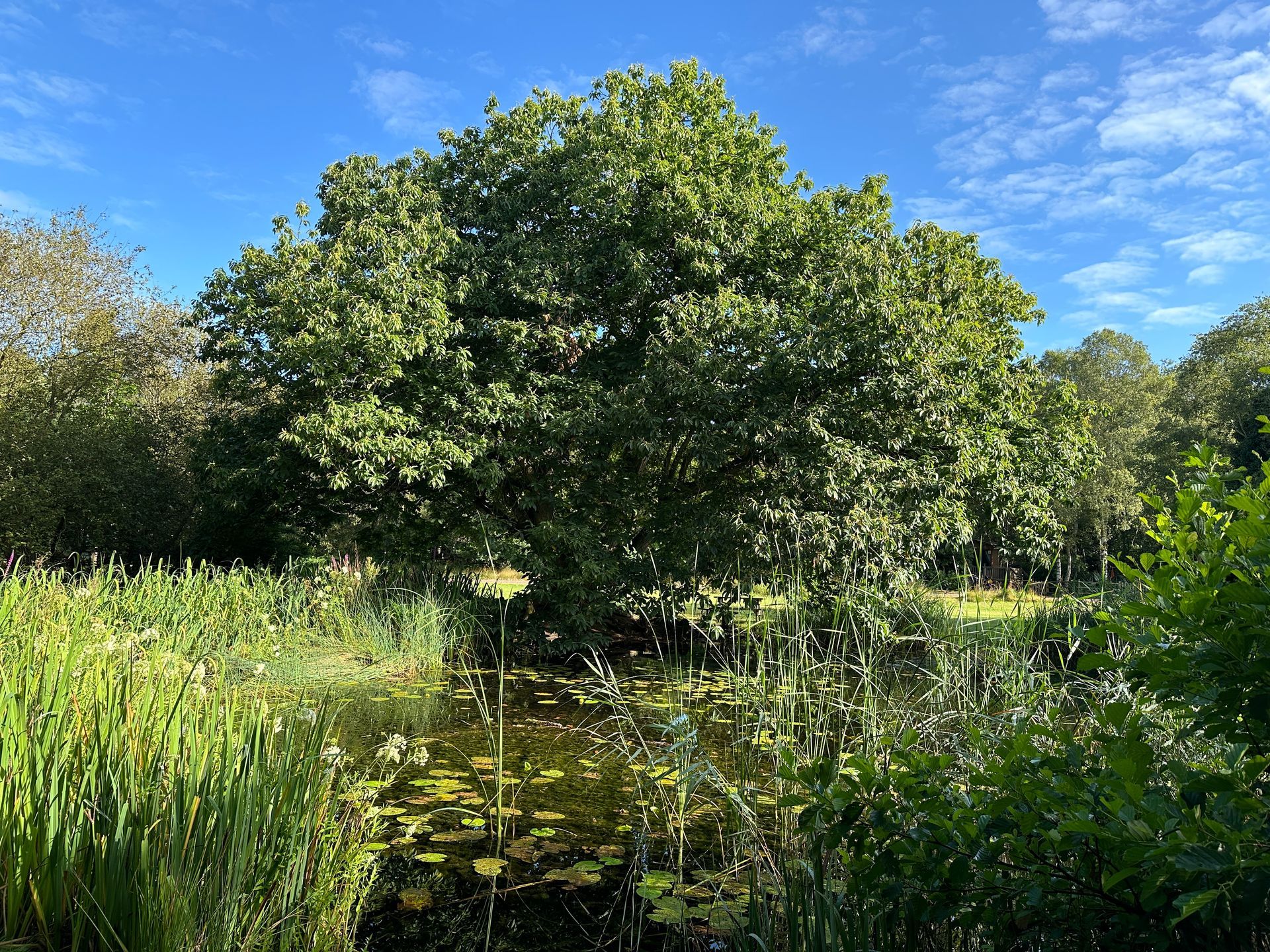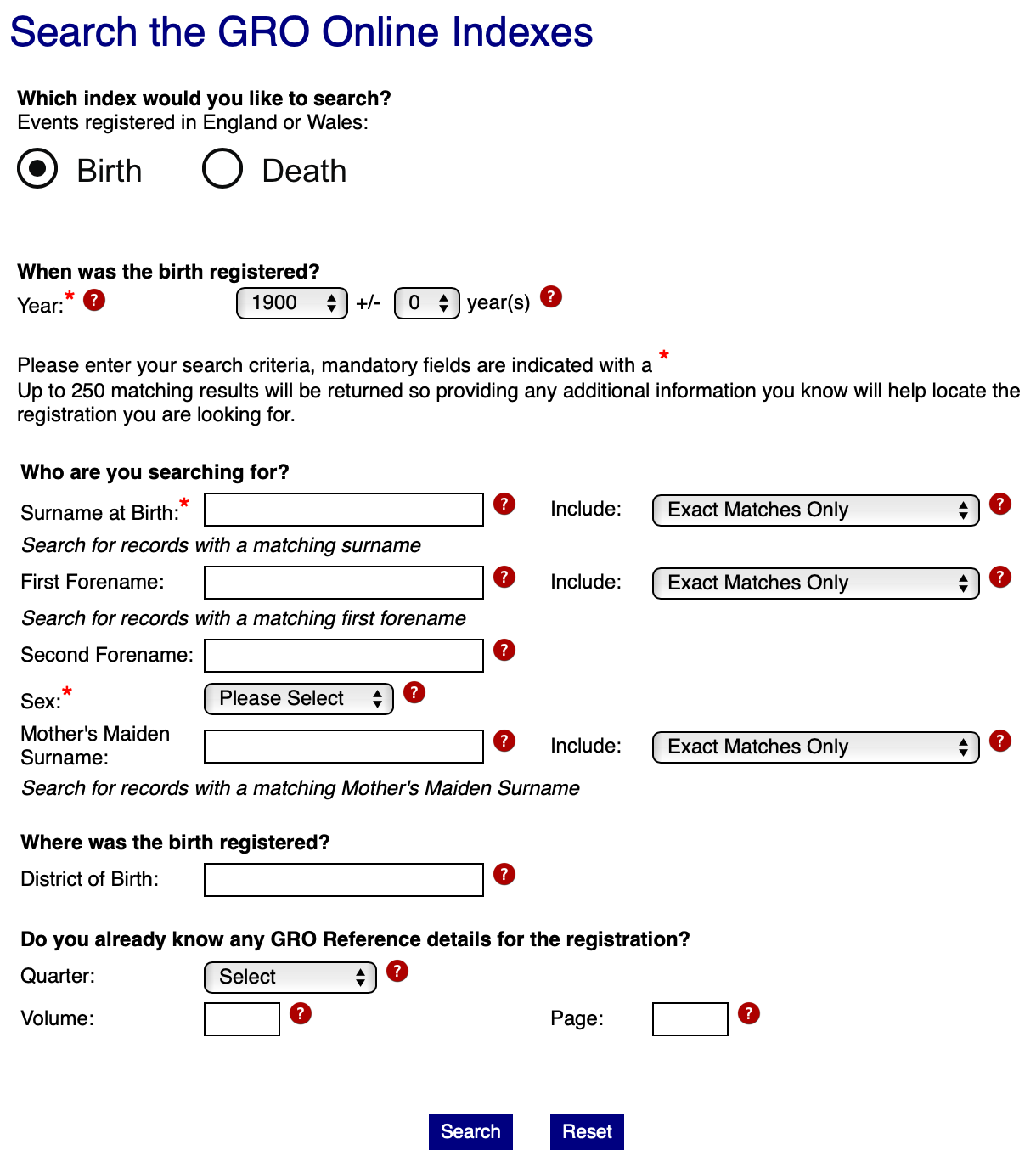Writing 'Genealogy Methods and Techniques'
Update: 23 Jul 2025
I am very excited to announce that the title for my book has now been confirmed as:
Genealogy Methods and Techniques - A Practical Guide to Research
Original blog post: 27 May 2025
I've been a little quiet of late on the blog front, but I have been busily writing elsewhere. I'm in the process of having my very first book published, on genealogy methods and techniques. This developed as a germ of an idea a long time ago when I began my research. There was lots of information out there on how to use sources, how to get started with your family tree, how to understand the complexities of wills and probate courts and so on, but there was next to nothing on how to research your family tree. A few books have been published over the years but these are mostly in the US, so tend to use US records as the examples.
For as long as I can remember I have always wanted to write a book of some sort and for many years, writing this book became a dream of mine, one of those "I would so love to do that one day" ambitions that you keep in mind you will one day go for but, perhaps, will wait until you "feel more ready" or are brave enough to share your idea with others. As it happened a number of things came together at once and I pulled together my "vague ideas and notions" of what such a book could look like into a reasonable draft structure over a weekend. As soon as I had this part down I knew it was time to go for it, as everything was suddenly more clear.

I didn't want to write a book aimed just for beginners as I strongly believe that we all continue to learn something new, all the time. I was also hearing from students on my Pharos Tutors® methodology courses that they wished they had thought about methodology earlier in their research journey, and these students varied from total beginners to those who had been researching for decades. There are so many fascinating aspects of genealogy research that not every idea made the final cut. Here are some of the ideas that made it into my book. It is written with all levels of genealogist in mind, whether you are building on your research chapter by chapter or going back and looking at how you have done things and seeing whether there are any changes you could make.

I also wanted lots of colour. I wanted to be able to present things in a visual way and I love of bit of colour to understand things more clearly. I wasn't sure I could approach a publisher and make demands on how I wanted things to be (!) but this is where I was so lucky. I made contact with a lovely commissioning editor who works for a non-genealogy publisher. He gave me lots of great advice and suggested I contact the Managing Director at Crowood Press. Mollie loved my idea both about the content for the book and how it could be presented and quickly commissioned me to get started writing a practical guide to research methods. Each chapter ends with suggested next steps for you to take in your own research and try things out.
If you are thinking of writing a book of your own, here is some "don't do what I did" advice. I wasted a lot of time procrastinating before I actually started to get words on paper. There was a lot of research I wanted to do but I ended up in a rabbit hole of "background reading I must do first" and not all of it was even necessary. Several months passed before I even began the writing part and I think that is why I ended up a little too "against the clock" and had to request a small extension on my initial deadline. Obviously I wanted to carry out a lot of research for this book, but it did not all need to be carried out before I had made a start at the writing.

It was only when I took myself away for a couple of weeks of solid writing time that I really got started, and I realised that I had so much to say. In fact, ahem, I had to go back to my publisher to ask for an increase to the contracted word count 😊.

My idea all along has been not to create only a "this is how you should do it" book, though I know some readers may be looking for that. I also wanted to use examples and case studies to show you "look how much more you could get from your research if you tried it this way" and "have you ever looked at your research from this perspective?". I am passionate about methods in genealogy and I love to share both research methods, to enable you to be more confident in your family tree, as much as simple colour layouts, like timelines and mind maps, to help to see an overview of your research more clearly.

As this is my first (and possibly only) book there has been a lot to learn along the way. It is not all about writing great content. I wanted to include lots of images and illustrations so have spent a lot of time work ongoing images that are "publication ready". I also wanted to include some document images - after all who wants to read a case study without being able to see what the researcher was looking at? It is amazing how long it can take to get confirmation that the copyright holder is who you think it is and then obtain permissions for publishing of even a single image, and I am thankful to all those who have helped with that along the way.

So, there were some lengthy precesses involved in getting copyright permissions but every one worthwhile to create the book I have always wanted to create. I had some lovely genealogists volunteer to proofread and make comments on my first drafts and I am very grateful for their invaluable input.
I am exceptionally please to now announce that my book on genealogy methods and techniques is now in final draft form and has today gone to the publishers! Slightly later than planned but ahead of my deadline extensions - can we call that "early"?
Now I have to await feedback and for the publishers to do all the things that publishers do. The current plan is for publication early 2026.
Sign up below for updates on the publication of my book:








